The 3 Best Climbing Belay Devices of 2024
Best Climbing Belay Devices: In addition to the harness and rope, one of the most important elements of climbing equipment is the harness. In short, a belay device connects a climber’s rope to the belay, allowing the belayer to hold the rope taut, catch the climber as he falls, and lower him safely to the ground. But while purchasing a device is important, it can also be very confusing: the possibilities are endless and using it correctly is absolutely essential. Here we’ll share our top tips and cover the basics to help you find the right stabilizer for your needs, plus buying tips and a comparison table.
Best Budget Belay Device for Gym Climbing
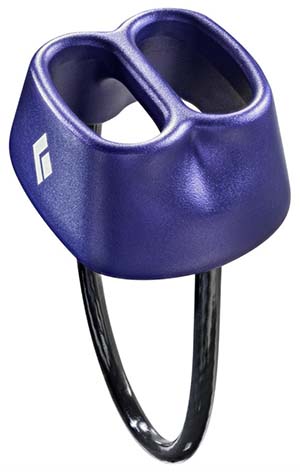
Black Diamond ATC Welder Black Diamond ATC
Style: tube
What we like: Affordable, simple, durable and easy to use.
What we don’t like: For top mounting in a multi-level scenario, you’ll need to use a device like the ATC guide below.
Best Belay Device for Cragging
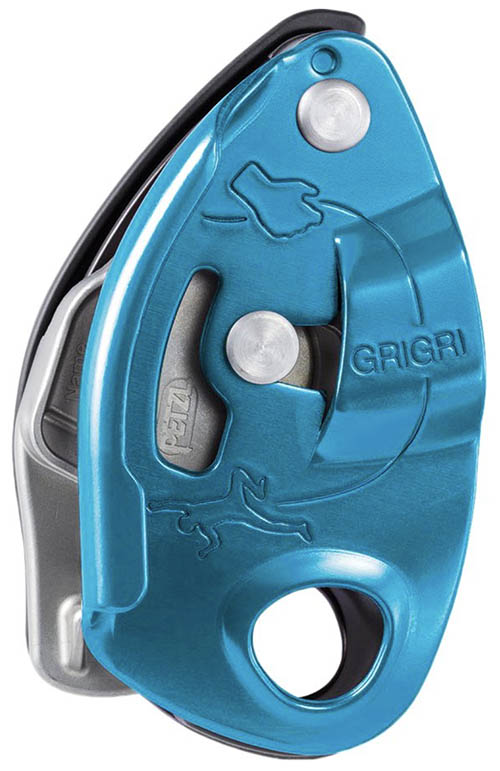
Petzl Grigri Insurance CompanyPetzl Grigri
Style: assisted braking
What we like: Power-assisted braking provides a safer setup.
What we don’t do: Difficult, expensive and requires little training. It cannot be used for rappelling or adjusting double ropes.
Best Belay Device for Multi-Pitch Climbing

Petzl Reverso
Style: Self-locking tube.
What we like: Lightweight, affordable, and allows for top-mount installation in manual mode. Ideal for abseiling and abseiling training.
What we don’t like: Not as safe as Gregory above.
Climbing Belay Device Buying Advice
Types of safety devices
Installation and landing with two ropes
Rope diameters
Lockable carabiners
Get yourself a subscriber
Obstacle hunter
Styles of Belay Devices
Anchor devices, regardless of their design, use friction (caused by the flexing of the rope) to maintain tension and prevent the climber from falling. But despite these great similarities, countless options exist, each with their own strengths, limitations, and best uses. Simply put, we divide clamping devices into four main categories: tube, self-locking tube, auxiliary clamp and plate. Below we provide essential information for all four styles, including our top picks for each.
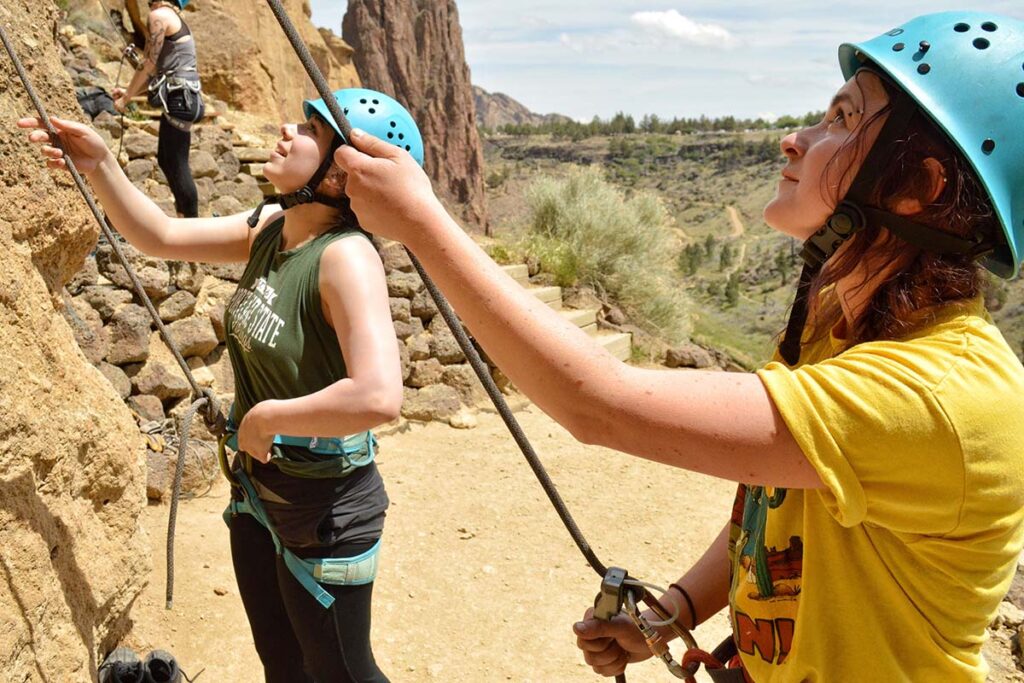
Tube
The most common fastener is a tubular device known as an “ATC” (which is what Black Diamond calls their tubular device, which is like calling all tissue a “Kleenex”). The tubular device is equipped with two single holes and a slot; Some of these slots have teeth on one end, which help increase friction and provide a softer or lower grip. Tubular devices are lightweight, relatively inexpensive, and can handle a wide range of string sizes (for example, the Black Diamond ATC can be used with strings ranging from 7.7 to 11 mm in diameter). It can also accommodate two rappel ropes (in addition to the standard single rope). Many new climbers start with a tube platform (the Black Diamond ATC is one of our favorite budget options), but for an extra $10, the self-locking tube platform (see below) greatly improves versatility.
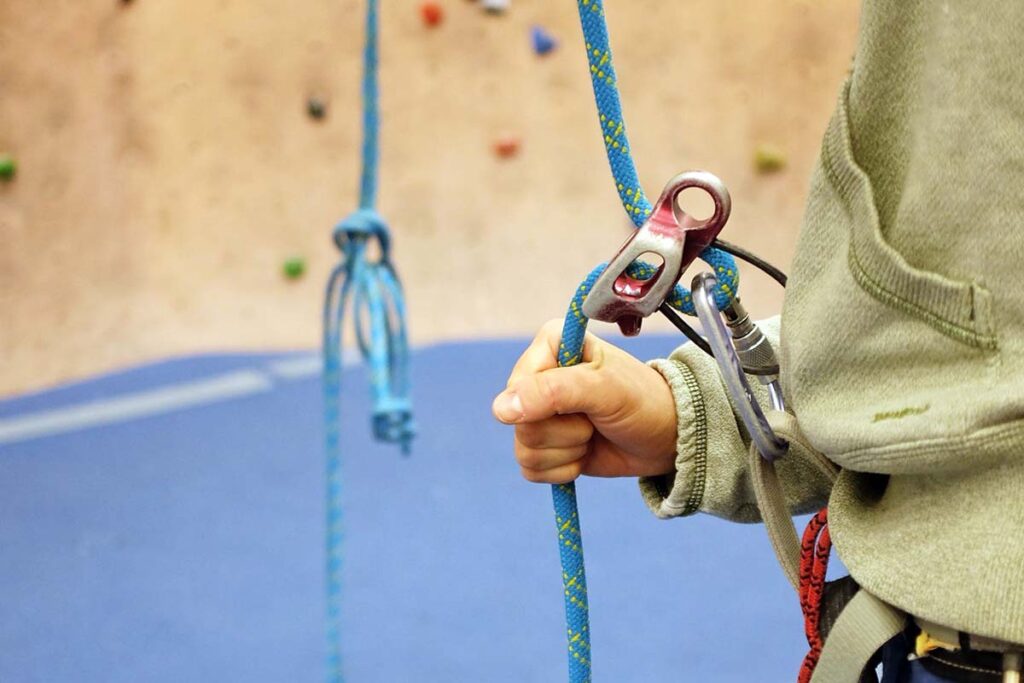
Auto-Blocking Tube
The self-locking tube holder has the same design as a standard tube holder, but with an additional attachment point for securing. This method is commonly known as “Pinning” (see the “Pinning” section below for more information). Self-locking tubes, also called pads, offer the same versatility as snorkels: they accommodate a wide range of rope diameters, have two holes for mounting or attaching double ropes, and are lightweight and economical. In the Top Rope and Lead Set scenarios, both devices work the same. But in the event that the climber is anchored from the top of the climb (as often happens on multi-pitch routes), an additional ring connects the device to the anchor, allowing the first to better hold the second (by fixing the rope on itself and help while braking). The self-locking tube is the best tool for stabilizing a climber during multi-pitch climbs and we recommend it to any beginner climber looking to expand their skills to longer routes. Our favorites are the Petzl Reverso Super Light and the innovative DMM Pivot for their improved trigger capabilities.
Assisted-Braking
Power brakes are becoming more and more popular, mainly due to the level of safety they add during installation and landing. Each device is designed differently, but they all have a similar ability to lock in the event of a fall (under the weight of the rope), which helps the belay support support the climber. There are two types of brake assist devices: passive and active. Passive devices use their geometry (such as a sharp curve) to hold the clip in place, as demonstrated by the popular Edelrid Mega Jul and Black Diamond ATC-Pilot. Active devices, heavier and more expensive but often easier to use, are equipped with a mobile part that is activated in the event of a fall (which is then deactivated using a lever). The disadvantage of active brake assist devices is that the cam assembly causes additional wear on the cable. For most climbers this isn’t a big deal, but it’s definitely something to keep in mind.
In general, brake booster units are heavier and more expensive than tubular units, and most are designed to work with a single cable (Mega Jul and Giga Jul are the two main exceptions). Additionally, some of these devices are not designed to securely hold a follower at the top, as is often the case in multi-level climbing. Additionally, auxiliary brakes are more difficult to use than tubular ones, and each model has its own learning curve. But once mastered, Brake Assist adds a level of safety to the setup that we really like. These are our top pick for working with ropes and rocks, but they’re not as versatile as self-locking tube devices for multi-level climbing or rappelling.
I would be remiss if I didn’t mention the dangers of using power brakes. As we have already said, if used correctly, they guarantee maximum safety during installation and landing. But if used incorrectly, the consequences can be serious. There have been many documented cases of installers loading their equipment from behind or opening the crane fully while lowering the lift, many of which were unsuccessful. Remain vigilant when using the stabilizer aid and always use it in accordance with the manufacturer’s instructions.
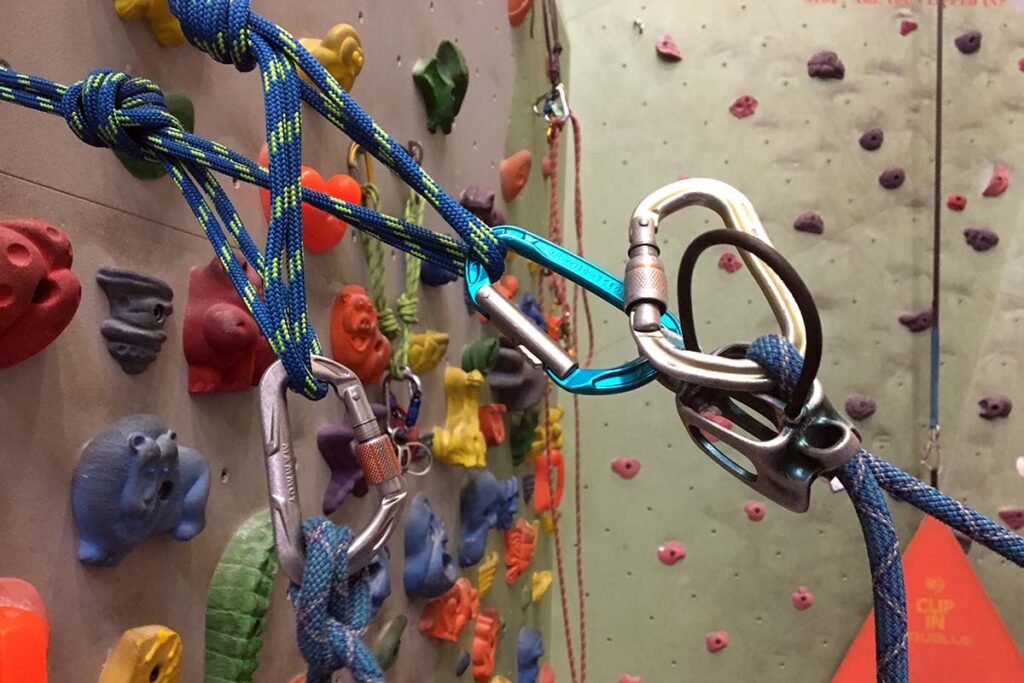
Plate
Belay boards are often used in some canoeing and rappelling applications, and are also used in some rock climbing applications, although most novice climbers opt for the tube-shaped belay devices mentioned above. We recommend using anchor plates for one main purpose: attaching a tracker (or two) to an anchor (as in a layered scenario). Modern roller shutters are self-closing, lighter and more compact than tubular roller shutters, self-closing tubular roller shutters and assisted braking devices. However, keep in mind that anchor plates are not as versatile as other devices: they are difficult to use for both forward stabilization and landing.
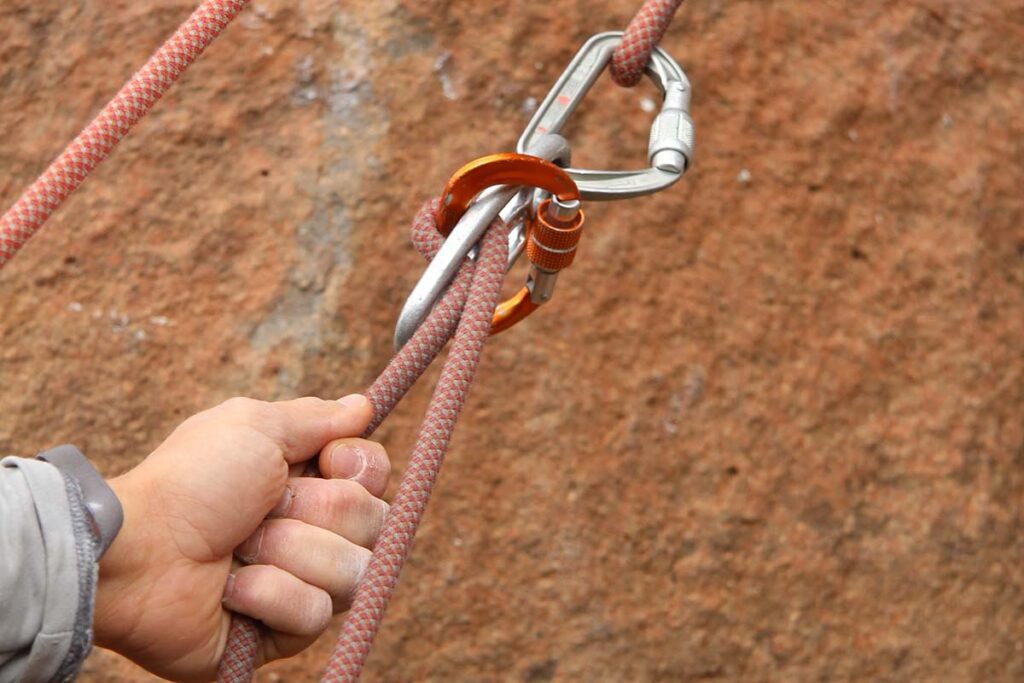
Belaying and Rappelling with Two Ropes
In some situations, such as three-person climbing, using a double rope, or rappelling, you will need a belayer who can handle two ropes. The vast majority of tubes and boards have this capability, but most braking aids are designed to work with a single rope (with the exception of the Edelrid Mega Jul and Giga Jul). If you’re climbing two ropes, make sure you have the right tool for the job.
In the vast majority of situations, you will need to lower yourself onto a curved rope (rather than a fixed rope) in order to tighten the rope after rappelling. This means you will need a device with two slots. However, on multi-level climbs, the team usually has an auxiliary braking device (such as a Petzl Grigri) and a second self-locking tube or plate device to secure the two ropes. In this scenario, the first climber will descend on a semi-held rope using a power-assisted braking device, while the second will release the rope and descend using a tube or board.
Rope diameters
Most clamps are designed to handle different sizes of cable, with tube clamps (standard and self-locking) and plate clamps being the most versatile and powerful clamps with the longest spans. For example, the Petzl Verso can use ropes from 6.9 to 11 mm in diameter, while the Edelrid Eddy is limited to ropes from 9 to 11 mm in diameter. Although it is possible to use the device with a smaller or larger rope than specified, this solution is not optimal and often compromises safety. With increasingly thinner ropes on the market, it’s important to make sure your gear is securely attached to the rope.
Lockable carabiners
Without exception, the retaining ring must always be used in conjunction with a safety device. If you’re the type who likes to keep things simple, any rifle will do. However, there are countless options to choose from and some work better than others. In this context, the main issue is transverse loading: you never want the carabiner to swing to one side of the belt because the force starts to pull from side to side rather than parallel to the belt. Rifles like the Edelrid HMS Bulletproof Screw FG, DMM Belay Master 2, and Black Diamond GridLock employ various strategies to prevent this. Of course, the best method to secure it is to use a standard carabiner, but occasionally check your gadget to make sure it’s attached appropriately.
Get yourself a subscriber
As mentioned in detail above, sometimes (especially in drinking situations) the climber pushes his partner to the top. In this scenario, the climber makes a launch and, instead of descending to the ground, builds an anchor and pins his partner to it. In almost 100% of cases the best configuration for this type of installation is a self-locking tubular device attached to the anchor in the pilot position. The installation is more convenient and less restrictive (since the device is not attached to the harness), and when the climber falls or picks up the rope, the climber’s rope is attached to the brake rope and prevents the rope from slipping. Shelves also work well for top mounting, especially when trying to reduce weight and bulk. Finally, many super-hold braking devices can also work, but they add unnecessary weight and are generally less user-friendly. As in all power braking scenarios, competitors must keep one hand on the brake line at all times.
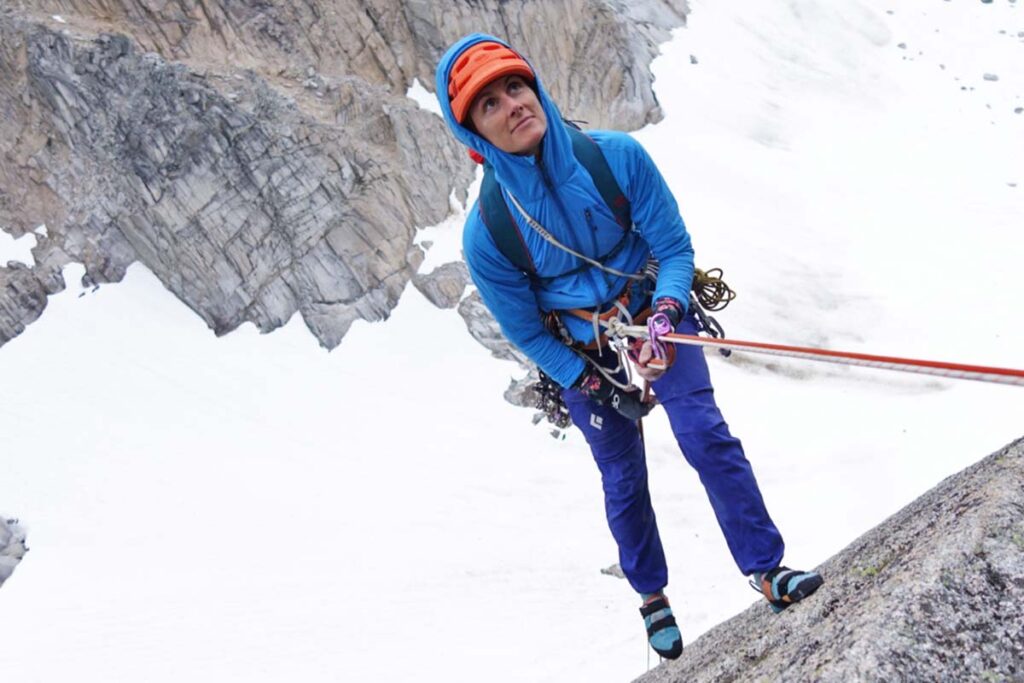
The Munter Hitch
When all else fails, the problem of the Rebellion always arises. In the event of a fall or loss of an anchor device, the half boater can be used for all anchoring or descent scenarios: main anchor, driven line, top line and descent. Since this knot is not intuitive and causes significant wear on the carabiner and flexing of the rope, we do not recommend it as an everyday replacement harness. But in case of need, connecting to Monter can save your life. As always, be sure to learn and practice this knot before heading to the rock.

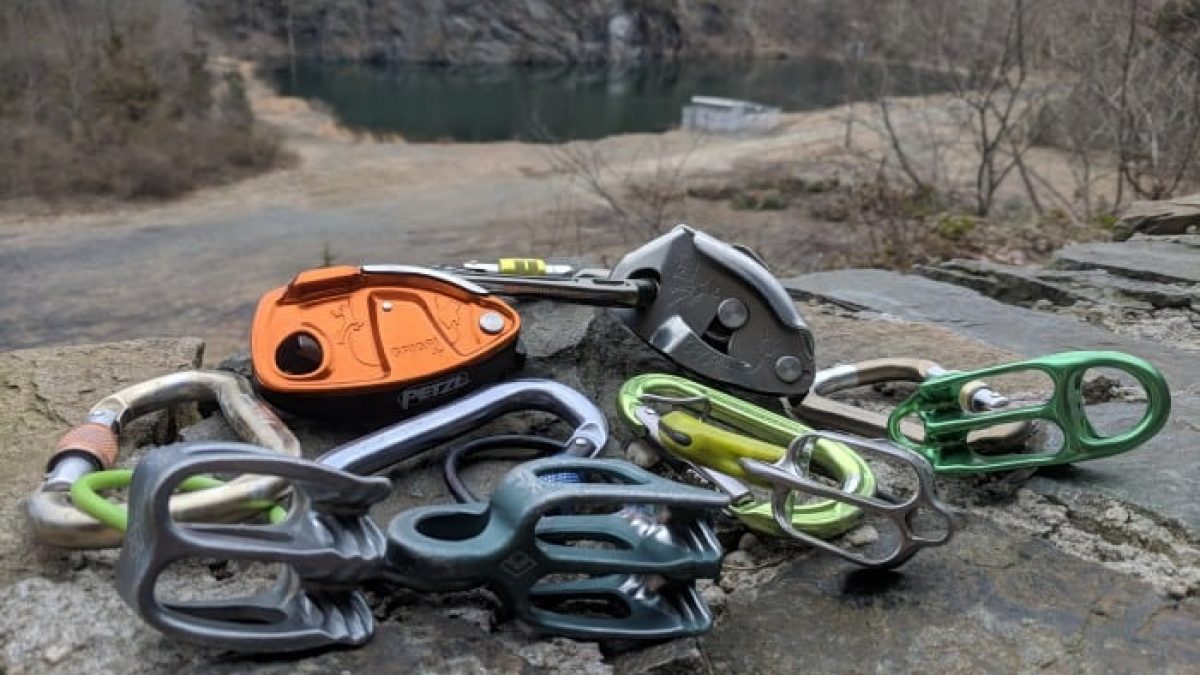

![How to Clean Climbing Shoes [Guide 2024]](https://climbingshoez.com/wp-content/uploads/2023/09/climbing-shoes-cleaning.webp)



